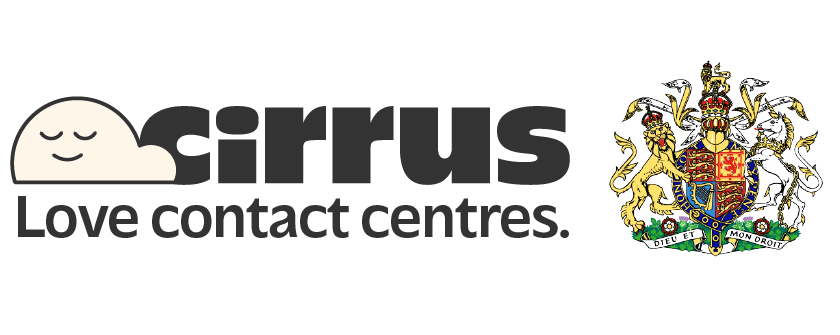Workforce optimisation: what it means, why it matters, and how it works
Workforce optimisation (WFO) plays a vital role in improving operational efficiency, employee satisfaction, and service quality across the contact centre. It refers to the set of practices and tools that help organisations simplify workforce planning, optimise employee performance, and deliver exceptional customer experiences.
With customer expectations constantly rising, WFO strategies are designed to ensure the right people are in the right place at the right time, equipped with the right skills and support. The ultimate aim is to create a more productive workforce, reduce operational costs, and improve both agent and customer outcomes.
What is workforce optimisation?
Workforce optimisation is the use of technology and processes to improve how contact centres manage and support their teams. It includes everything from forecasting and scheduling to performance analytics, coaching, and quality monitoring.
It’s not just about reducing labour costs or automating repetitive tasks — it’s about improving employee well-being, increasing employee productivity, and supporting business goals. The goal is to create a high-performing, engaged workforce that can handle customer demand efficiently, even during peak times.
A robust workforce optimisation software solution also allows for data-driven decisions, helps with compliance with labour laws, and enables real-time adjustments during peak periods. This is critical for maintaining high customer service levels and lowering the risk of dissatisfied customers.
Key components of workforce optimisation
Workforce management (WFM)
The foundation of WFO, workforce planning and workforce scheduling involves accurate forecasting, building efficient rotas, and using real-time data for attendance tracking and adherence.
Quality management (QM)
Evaluate agent interactions through customer interactions, screen recordings, and scorecards. Use constructive feedback to improve employee performance and drive consistent service quality.
Performance management
Track key performance indicators (KPIs) and spot areas for improvement with data-driven insights. Help team leaders make informed decisions quickly.
Coaching and learning tools
Support personal development with embedded training modules, feedback tools, and skill development. Boost employee engagement and lower the turnover rate.
Analytics and reporting
Monitor trends in customer behaviours, service levels, and team metrics. Gain actionable insights to improve organisational efficiency and align with business objectives.
Workforce Engagement Management (WEM)
An extension of WFO, WEM focuses on employee satisfaction, employee schedules, and balancing work-life balance with organisational goals.
WFO vs. WFM: what’s the difference?
Workforce optimisation (WFO) plays an important role in improving operational efficiency, employee satisfaction, and service quality across the contact centre. It refers to the set of practices and tools that help organisations streamline workforce planning, optimise employee performance, and deliver exceptional customer experiences.
With customer expectations constantly rising and contact centre operations becoming more complex, WFO strategies provide a holistic approach to managing your team. From reducing labour costs and improving employee efficiency to increasing customer loyalty, the goal of workforce optimisation is to align people, processes, and technology for sustainable business success.
How workforce optimisation software works in practice
A modern WFO software or workforce optimisation solution gathers and analyses data across the contact center, allowing you to:
- Build smarter employee schedules with accurate forecasting
- Track attendance and adherence in real-time using attendance software
- Monitor time agent adherence and make real-time adjustments
- Understand team and agent productivity levels
- Identify gaps in skill sets and support personal development
- Optimise resource allocation and manage staffing budgets
- Reduce customer wait times and meet rising customer expectations
The right tools streamline task execution, provide clear visibility, and align with business performance considerations. Whether you’re facing peak times or planning for growth, having accurate insights into your customer base and workforce readiness helps you make a proactive approach to staffing and scheduling.
Benefits of workforce optimisation in contact centres
Workforce optimisation plays a key role in aligning your team with your business objectives. It helps you:
- Deliver improved customer service with shorter customer wait times
- Make informed decisions using actionable insights and real-time data
- Boost employee satisfaction and reduce turnover rate
- Create a more productive workforce and improve team productivity
- Improve agent productivity and efficiency during and beyond business hours
- Support long-term success with an engaged workforce that meets strategic goals
- Achieve measurable cost savings while improving the quality of customer relationship management
Choosing the right workforce optimisation solution
When looking at workforce optimisation software, consider a strategic approach that includes:
- Advanced tools for forecasting, adherence, and performance insights
- Seamless integration across contact centre operations and systems
- Built-in support for coaching, learning, and employee feedback workflows
- Tools for planning across peak periods and anticipating additional staff needs
- Clear reporting for tracking customer service levels and team output
Above all, the software should support business performance, deliver value across departments, and offer a flexible foundation for scaling your operations.
FAQs about workforce optimisation
What’s the difference between workforce management and workforce optimisation?
WFM focuses on staffing and adherence. Workforce optimisation includes WFM but also expands to coaching, analytics, and supporting employee development and agent performance.
Is “optimisation” the same as “optimization”?
Yes. Optimisation is UK English. Optimization is US English. Both refer to the same strategies and tools.
Which industries benefit most from WFO?
Sectors like financial services, retail, healthcare and education benefit from WFO — especially when managing high customer interaction volumes.
Can WFO help during peak times?
Yes. By improving forecasting, scheduling, and adaptability, WFO ensures adequate staffing and better planning for peak periods, reducing the risk of delays and customer complaints.
Your Contact Centre, Your Way
This is about you. Your customers, your team, and the service you want to deliver. If you’re ready to take your contact centre from good to extraordinary, get in touch today.


